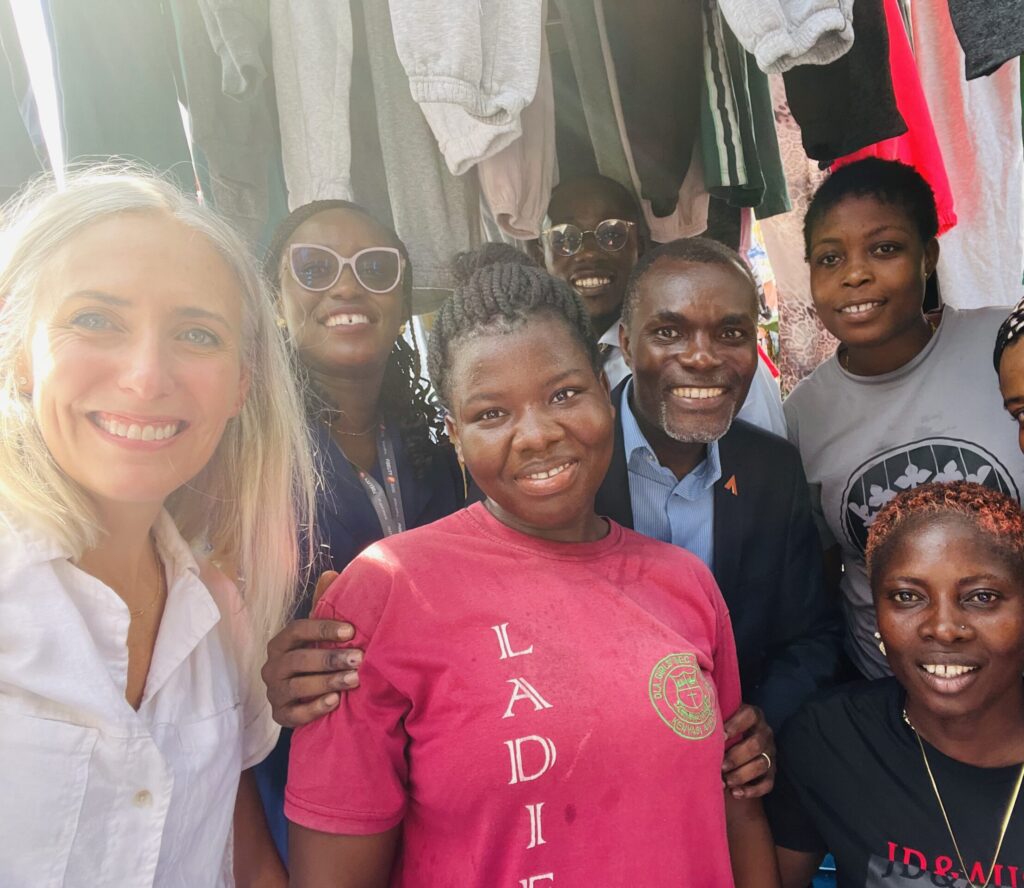
Our portfolio engagement team has published more than 30 resources to help early-stage fintech founders build strong teams and sustainable, impactful businesses. While the availability of high-quality content for startup founders has ballooned in recent years, few resources acknowledge the unique needs that women and other underrepresented founders, employees, and end-customers have; moreover, these resources are not specifically catered to fintech startups. That’s why we’ve refreshed five previously published resources to incorporate a perspective on the role that gender plays in hiring, fundraising, governance, and more. Here are the five resources we’ve decided to republish and why:
How to leverage a startup board
Board diversity has taken center stage over the last couple of years, with new mandates emerging (and in some cases repealed) across NASDAQ, the State of California, Goldman Sachs, and other entities. While studies have shown that diverse boards outperform those lacking in diversity, most startup board members are venture capitalists, which are 85 percent white and male. With that in mind, how can founders go about crafting a representative board, and why should they? We’ve updated this resource to tell you just that.
Series A fundraise guide
It’s well-documented that women face outsized challenges raising venture capital. They often start with smaller investor networks, get asked different questions, and encounter other biases as they navigate the fundraising process. In the eight women-focused events we’ve hosted with more than 80 women fintech founders attending from around the world, we’ve also seen that many women founders tend to emphasize their traction to date rather than their long-term vision. At the seed stage, while traction is useful, it’s critical for founders to communicate the opportunity in front of them effectively. We’ve updated our original resource to acknowledge these obstacles and provide guidance on how to navigate them.
Hiring manager guide
A growing body of research has shown that when team members bring diverse backgrounds and perspectives to the table in an inclusive environment, their companies make better decisions and generate more revenue than homogenous competitors. Diversity doesn’t just happen, though. It takes ample and sustained commitment from leadership. We often see early-stage founders prioritize speed in the hiring process, assuming that they can tackle diversity at a later stage. Over time, though, as teams codify their values and establish norms, it becomes more and more difficult to attract and support heterogeneous candidates. That said, how can startup founders ensure that their hiring processes are equitable from the start? Read this addendum to our hiring manager guide for five suggestions. Remember, though, hiring is only one piece of the puzzle for ensuring that diverse teams thrive in the workplace.
How to launch an employee engagement survey
Over the last decade, we’ve worked with multiple portfolio companies to conduct, analyze, and interpret employee engagement surveys. Regardless of the results, these surveys help founders understand employee sentiment and identify concrete steps to strengthen company culture. However, employees of different genders often experience their workplaces differently. In this resource, we’ve added a survey question on Hiring Resourceemployee gender, allowing founders to disaggregate data on employee happiness within the workplace and determine whether there are disparities across gender lines.
Operational metrics and reporting
Women continue to be disproportionately excluded by the formal financial system. In developing economies, they’re 9 percent less likely than men to have a bank account and, while women-owned businesses make up 23 percent of all MSMEs, they account for 32 percent of the financing gap. This presents a massive opportunity for fintechs that are able to connect with women effectively. To reach more women customers, startup founders need to understand how certain operating metrics vary across gender lines. For example, are your women customers all coming from specific marketing channels? How do customer acquisition costs and lifetime value differ between men and women? Startups that can answer these questions (among others) will be best positioned to serve more women.
We hope these resources will help early-stage founders adopt gender-inclusive practices that strengthen their teams and deepen their impact. Feel free to pass them over to your portfolio companies, team members, and any other stakeholders willing to take more action toward gender inclusivity in their companies. To learn more about Accion Venture Lab, follow us on LinkedIn.









